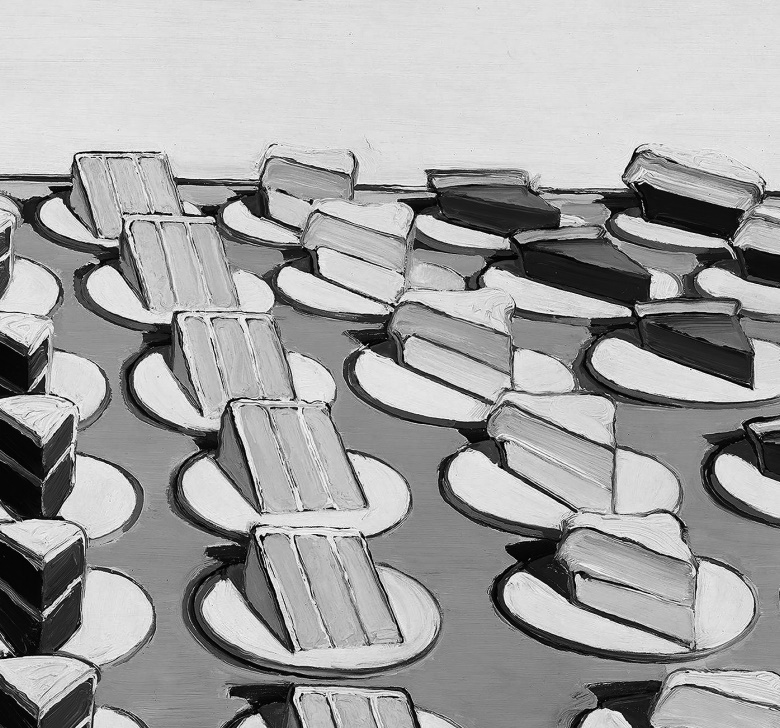FOOD IN ART HISTORY
DOI:
https://doi.org/10.69598/sbjfa200959Keywords:
images of food, connotation, symbolic, fecundity, consumerismAbstract
This article aims to clarify the meanings of food images in Western art history from the ancient to modern time. The images of food were chosen from six art periods: the ancient Egypt, the Greco-Roman, the Renaissance, the Dutch golden age, the modern age and the age of Consumerism. These selected images were analysed by means of art composition and socio-historical contexts. The study found that images of food in Western art history connote 4 meanings: [1] images of food as religious beliefs and rituals, [2] images of food as a certain social fertility, [3] images of food as symbolic forms of vanitas or memento mori, and [4] images of food as consumerism satirical meanings. It can be used as a guide in studies the meaning of food in another artist's artwork.
Downloads

Published
How to Cite
Issue
Section
License
The journal's editorial team does not have to agree with the views and comments in the author's article, nor are they responsible for the comments.











